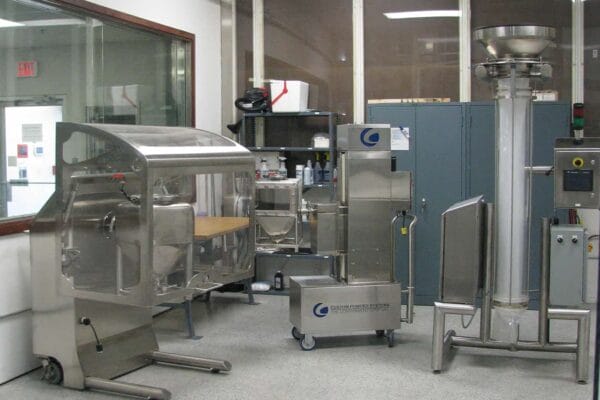Humans have been seeking cures for their ailments since the dawn of time. Plant-based treatments can be tracked all the way back to the 28th century BC, when the legendary emperor of China, Shennong, is said to have written an herbal compendium—a catalog listing 365 different plant species that he believed could be used for medicinal purposes. This valuable information laid the groundwork for modern-day pharmaceuticals, which have continuously evolved over the past several thousand years.
Early Stages of Medicinal Drug Experimentation
Following the creation of the compendium, ancient alchemists and apothecaries in countries such as China, Greece, and Egypt continued to experiment with the healing powers of plants. Though most of the treatments employed during that time have ceased to exist, many of the basic concepts have contributed to the development of medicines we use today.
Then, in 1546, the first pharmacopoeia was created in Nürenburg, Germany. This book was an official guide to known drugs and medicinal chemicals and provided directions on how to prepare them for pharmaceutical use. The idea gradually grew in popularity, leading England to adopt the London pharmacopoeia in 1618––the first example of this type of publication being employed at a national level.
The Pharmaceutical Industry Continues to Develop
What more closely resembles modern pharmaceuticals then began to appear in the mid-1800’s due to two significant developments: Apothecaries realized that there was a need to mass-produce drugs such morphine, quinine, and strychnine; and, through the establishment of research labs, dye and chemical companies realized that their products could be used for medicinal purposes.
This set off a frenzy that many recognized as an opportunity, thus creating a booming (and unregulated) pharmaceutical industry. Enter the establishment of the American Pharmaceutical Association in 1852, which encouraged ethical, educated, and controlled drug dispensing by pharmacists and prescribing by doctors. In the following years, laws were created to protect patients by ensuring the quality and appropriateness of the medicines they received.
A Modern-Day Example
Following its upward trajectory, the pharmaceutical industry continued to expand, eventually developing medicines to treat pain, infectious diseases, heart conditions, and other ailments.
One stand-out company in this field that has made significant headlines in recent times is Pfizer. Founded in 1849 by Charles Pfizer, the organization started off in the chemical engineering space—perfectly positioning it to make a grand entrance into the pharmaceutical industry. When WWI and WWII left American soldiers in dire need of medications on the battlefield, Pfizer stepped up to the plate and began to completely shift their focus solely to pharmaceuticals. Then, almost two centuries later, the company developed a life-saving vaccine used to aid in the dissolution of the COVID-19 pandemic.
As the pharmaceutical landscape continues to evolve, more and more companies are likely to start contributing to the demand for improved medicines and treatments. As an engineering company, we are always excited to see how scientific innovation can be used to solve problems in a variety of industries.
_________________________________________________________________________
To hear more about the art of engineering, sign up for our newsletter.







